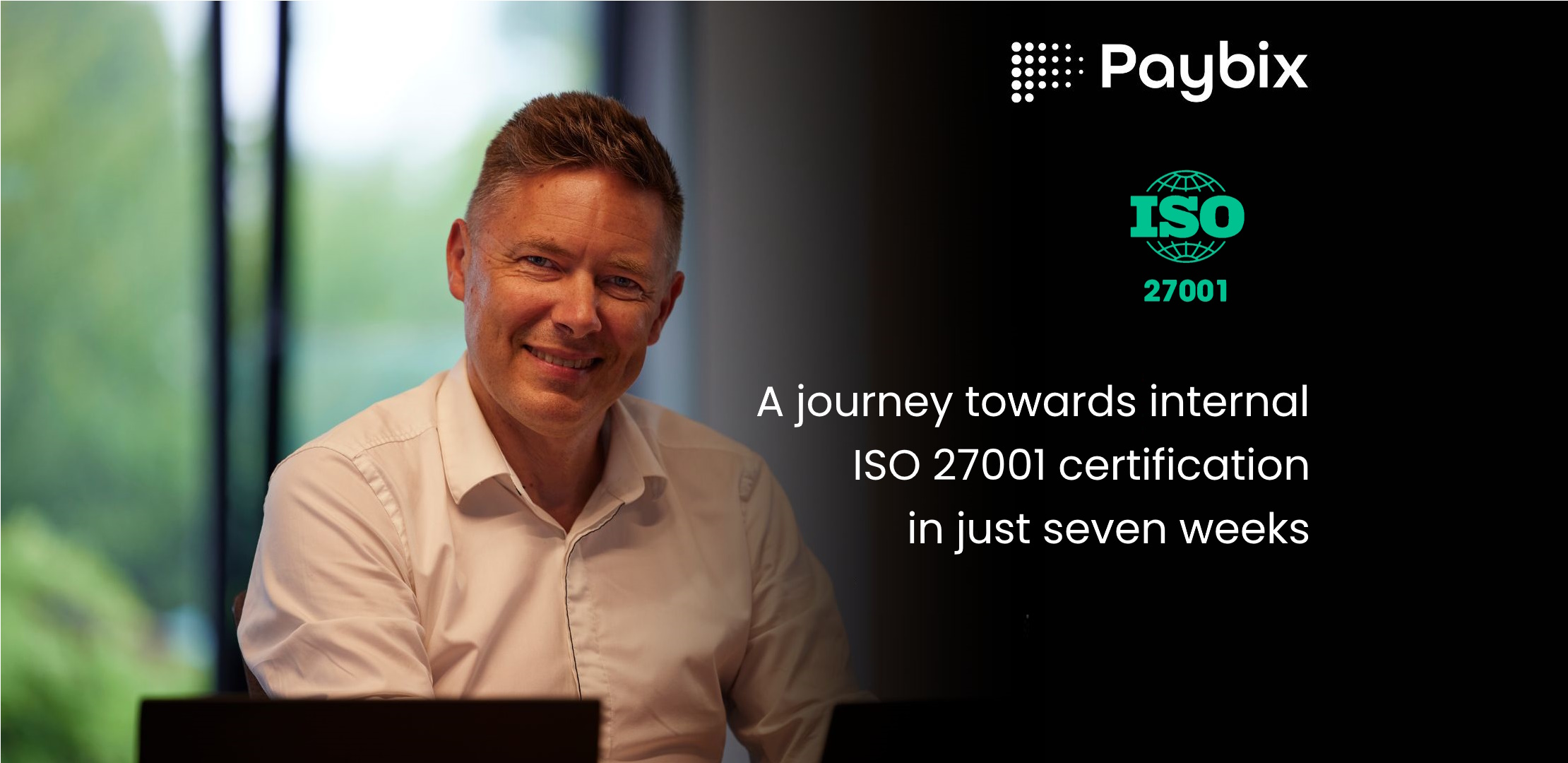Solutions
The next frontier for Payroll Outsourcing
Payroll arguably is the business support function that has the longest and strongest pedigree in outsourcing.

Payroll arguably is the business support function that has the longest and strongest pedigree in outsourcing.
Since it was introduced in the business world in the first half of the previous century, payroll outsourcing has gone through multiple stages of maturity.
Outsourcing already started when payroll processing was still a very manual process. It rapidly gained traction when computer science relieved payroll clerks from time-consuming and error-prone manual calculations. By the time the computer wave had revolutionized payroll management and payroll process design had streamlined the function, providers of payroll processing were ubiquitous.
I don’t think it’s exaggerated to say that the payroll outsourcing industry was built on automation and process discipline.
Fast forward to 70 years after the birth of payroll outsourcing. Where the first 45 years of payroll outsourcing were moderately exciting and innovative, the last 25 years were actually quite boring and conservative.
Except for the new multi-country payroll outsourcing offerings, it was just about “keeping the trains running” whilst making (often easy) money.
In many cases, the most significant change companies saw during these 25 years was an increase in the cost per payslip.
The main reason why payroll outsourcing took flight in the 70s and 80s was that external providers could run the payroll cheaper, faster, and more accurate through technological innovations and process optimizations.
Only very large companies had the cash to invest in payroll automation and match the service levels of payroll providers with internal teams.
Such is no longer the case today and maybe that’s one of the reasons why there are still a large number of companies running their payroll in-house.
The other reason could be that most payroll providers are still only good at processing the payroll but lack the desire and the capabilities to really relieve companies from the end-to-end payroll burden.
If payroll providers don’t want to be put out of business by disruptive technology, Robotic Process Automation, or other digital forces, they’ll need to be the first to embrace and the fastest to adopt new technologies. If they don’t, then their clients will sneak out of the backdoor and do it themselves.
I’m sure that most dinosaurs also once thought that not a single thing could distinguish them.
Download our PDF
Watch the webinar
Schedule a demo with one of our experts.
Get an in-depth look into all our features.




.png)

